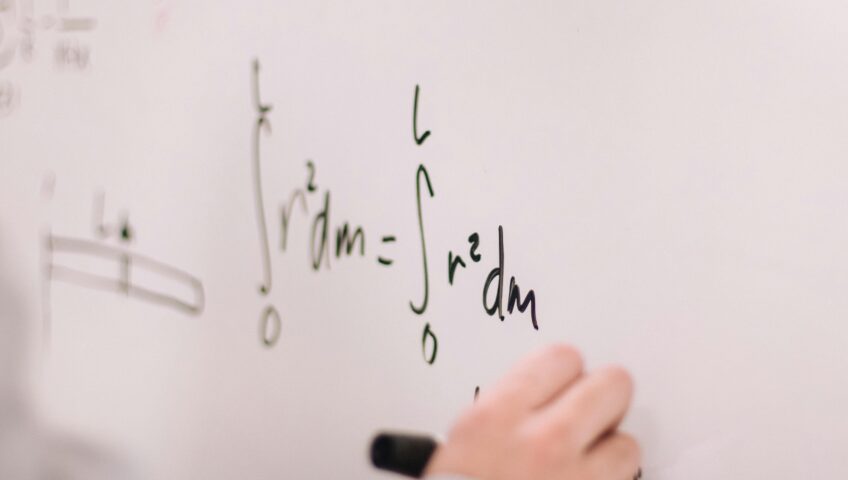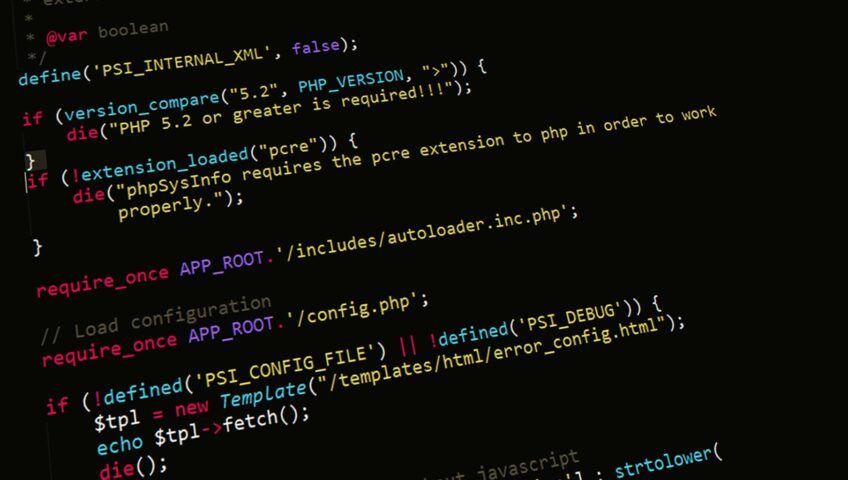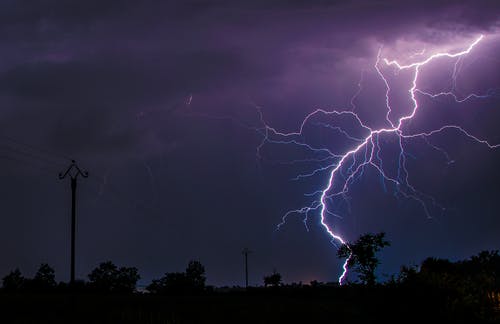Every year on November 8, we celebrate National STEM Day, a day dedicated to promoting interest in Science, Technology, Engineering, and Mathematics (STEM) fields. The term "STEM" represents the four academic disciplines that drive innovation and problem-solving in our modern world.
National STEM Day was created in 2015 by MGA Entertainment, a toy company, to encourage children to explore STEM subjects through engaging, hands-on activities. These hands-on activities help children discover their potential career interests early on. Research continues to show the importance of introducing STEM concepts at an early age. The U.S. Department of Education emphasizes that “a strong STEM education is the key to the nation’s future,” noting that these disciplines are essential for innovation and economic growth.
In celebration of National STEM Day, here are some simple and educational activities parents can do with their children to help spark curiosity and strengthen STEM skills:
• Science: Conduct small experiments on greenhouse gases to help children understand climate change and practice data collection.
• Technology: Create a solar-powered paper house to teach about renewable energy sources.
• Engineering: Use blocks or paper to design and build structures, encouraging creativity and problem-solving.
• Mathematics: Play simple adding and subtracting games to improve critical thinking and numerical reasoning.
There are countless other ways to bring STEM learning into everyday life, from coding apps to nature exploration. Even if children pursue non-STEM careers, the problem-solving and analytical skills developed through these activities will benefit them throughout their lives.







